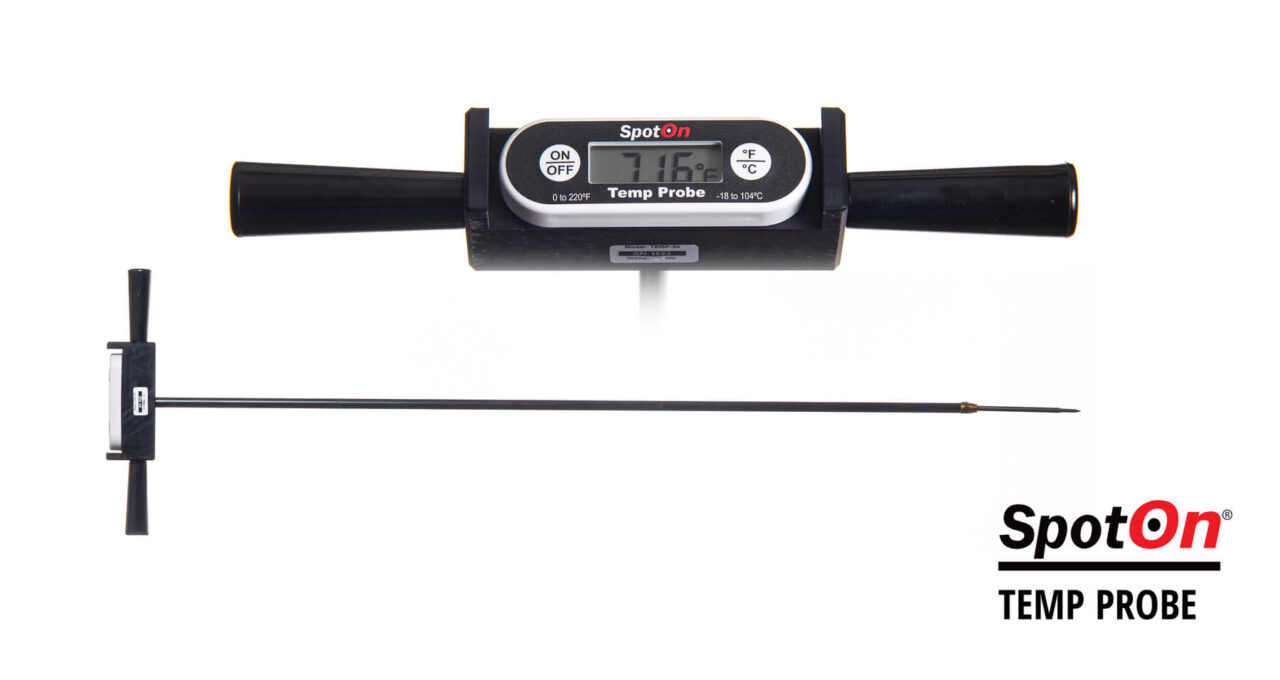Seed Money
In my September column, I discussed data from AgKnowlogy’s Customer Experience Monitor showing full-service retailers often have a lower Net Promoter Score (NPS) for seed vs. farmer-dealer seed specialists. While a full-service retailer might have a NPS in the 25% to 35% range, a Pioneer or DeKalb seed specialist could often have an NPS in the range 55% to 70%.
Retailers ask us what is a good NPS. Each industry is different based on customer expectations and the performance of companies in the sector. For companies in the banking and cell phone businesses, low scores are common. To date, we are not seeing the high scores in ag retailing that retailers assume. There is much work to be done. This column discusses some of the financial impact of Passives and Detractors on your seed business.
Setting The Table
In our work with retailers to uncover their local drivers of loyalty, the concept of “consideration set” is useful. Imagine its time to replace your family car. What manufacturer is your first choice and who else would you consider? Is there a maker you would not consider based on your past experience or comments you have heard from friends? Growers also have a first and second choice of retailer for their crop inputs. Whether you are in the Primary or Secondary position in their Consideration Set has serious consequences related to loyalty and profitability.
The graph compares the total share of business a retailer has received from customers with his Net Promoter Score by category. The highest share of business is in fertilizer (86%) from customers who consider the retailer to be their Primary supplier for this category. Notice the total share of business drops to 49% in fertilizer for customers who consider the retailer to be their Secondary supplier.
In every category, the retailer receives less share of business from growers who don’t consider him to be their Primary retailer. Some readers believe the sales split in a category between Primary customers and Secondary customers is driven by distance from the plant or other easily understandable factors. While these play a part, we believe share of business (for example, the split between Primary and Secondary) is mostly driven by the experiences customers have with you and conversations with other growers.
The retailer’s Net Promoter Score is highest for fertilizer at 29%. The share of business in each category clearly follows the Net Promoter Score. Looking at seed, we see the retailer’s share of business is only 41% among customers who consider him to be their Primary seed supplier, and only 23% among customers who consider him to be their Secondary supplier. This low share of business is a result of the retailer’s low NPS of 15% for seed. A Net Promoter Score is calculated by taking the percent of Promoters for a business minus the percent of Detractors. Customers and prospects in the Passive segment are not included in the calculation of an NPS. In our example, an NPS of 15% means there are not that many more Promoters vs. Detractors. To demonstrate how large the financial impact is from Passives and Detractors, I will use our findings in seed from the same retailer.
I have shown how the spending lag caused by reduced share of business in the seed category is leaving significant revenue on the table for the retailer in question. The retailer’s Net Promoter Score in seed is 15% (percent of Promoters minus Detractors). The average acres for each customer segment is shown, which allows us to estimate the total acres for each customer segment. Passives on average spend $16 less per acre on seed with the retailer as a consequence of their reduced share of business.
Detractors on average spend $21 less per acre on seed with the retailer. The estimated impact for Passives and Detractors is calculated by multiplying the spending lag times the acres from these customers. The total estimated impact in seed alone from Passives and Detractors is approximately $1.5 million from the 177 customers we studied.
A Big Impact
Across all the retailer’s customers, this financial impact would be much larger. Clearly, this potential upside won’t be captured in one year. Perhaps a reasonable target would be 50% of the upside over two years. Remember — this will drop directly to your bottom line because this increase in share of business is with current customers.
I am attempting to give you a sense of real-life impact and urgency for measuring customer experiences and quantifying their impact. Full-service retailers are struggling to grow their business against local farmer-dealer seed specialists. Based on our work using the Customer Experience Monitor, it appears the local seed specialist offers his customers a superior experience vs. the full-service retailer. Compared to a farmer-seed specialist, a full-service retailer appears to have more Passives and Detractors among his customers.
I say this because so far, full-service retailers have lower Net Promoter Scores for seed than their seed specialist competitors. To break through this glass ceiling, full-service retailers will have to pay more attention to what seed experiences drive loyalty and share of business. They then must put this learning into their strategic planning and assign a manager to be accountable for it. Finally, the resulting refinements to service delivery must be monitored on an ongoing basis if there is to be any hope for the improvement required to catch competitors.





